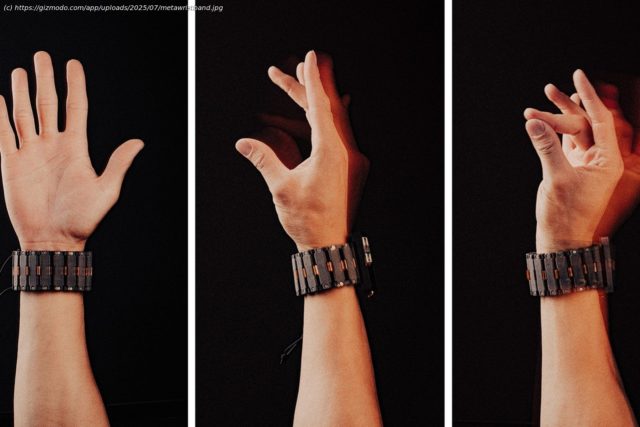It’s not the smart glasses that I’m worried about; it’s what’s expected to come with them.
When Google Glass came stumbling onto the scene in 2013, people were taken aback. Not only did Google’s smart glasses, with their bordering-on-novel camera, present new and somewhat icky questions about personal privacy, but they also crossed an even more controversial line: they looked really, really dorky. Fast forward more than 10 years into the future, and all of those hangups (at least on the surface) seem to be in the rearview. Take Meta, for example.
Sales of Meta’s Ray-Ban smart glasses have been surprisingly high, keeping even its waning Quest mixed reality headset afloat. Meta is rumored to be on the precipice of launching its first-ever pair of “real” smart glasses, which is to say glasses with an actual display in them. And naturally, more than a decade removed from Google Glass, the rhetoric around Meta’s glasses (codenamed Hypernova) couldn’t be more disparate from smart glasses of yore. People are excited; they’re watching; even Apple is rumored to be looking at the field as a potential new frontier. So, this is all money in the bank for Meta, right? Maybe, but I wouldn’t count those shiny new metaverse dollars just yet.
As promising as Meta’s push into smart glasses might be, there’s one quirk with Hypernova that I can’t seem to get off my mind.






